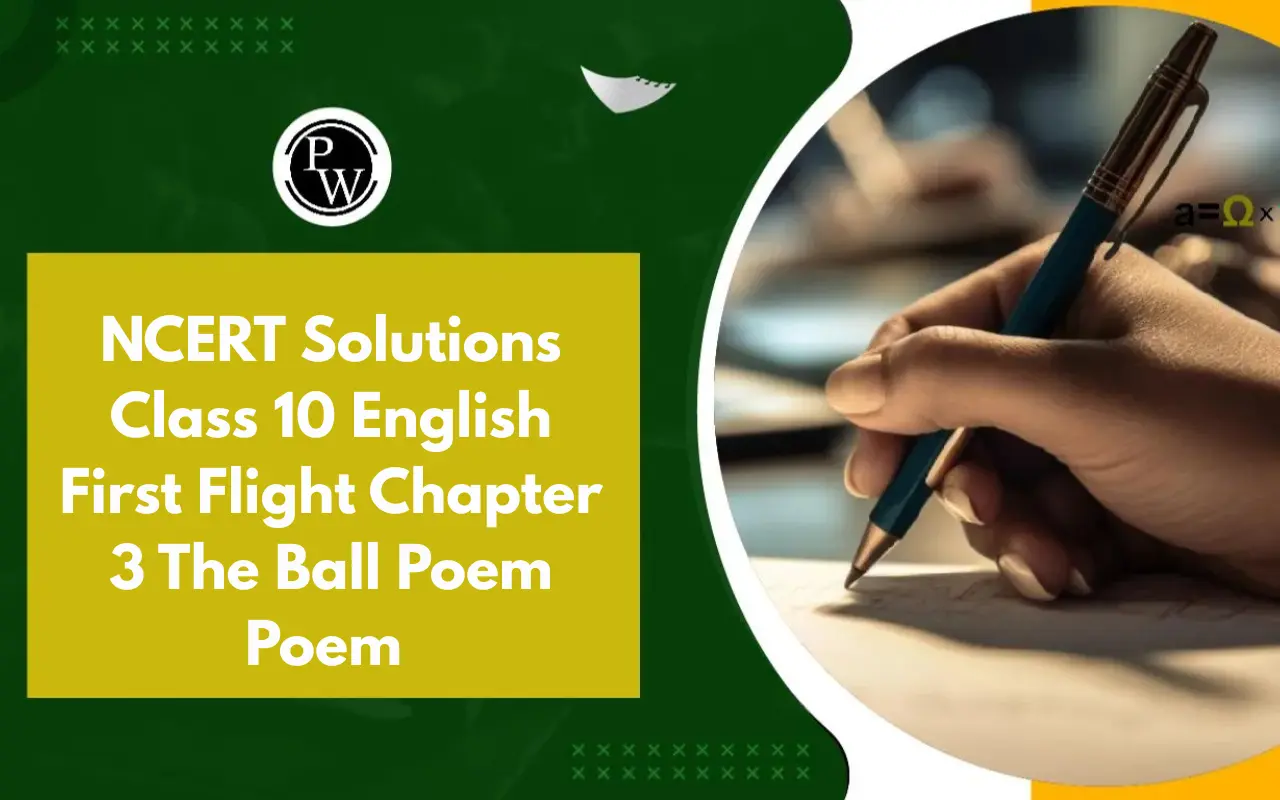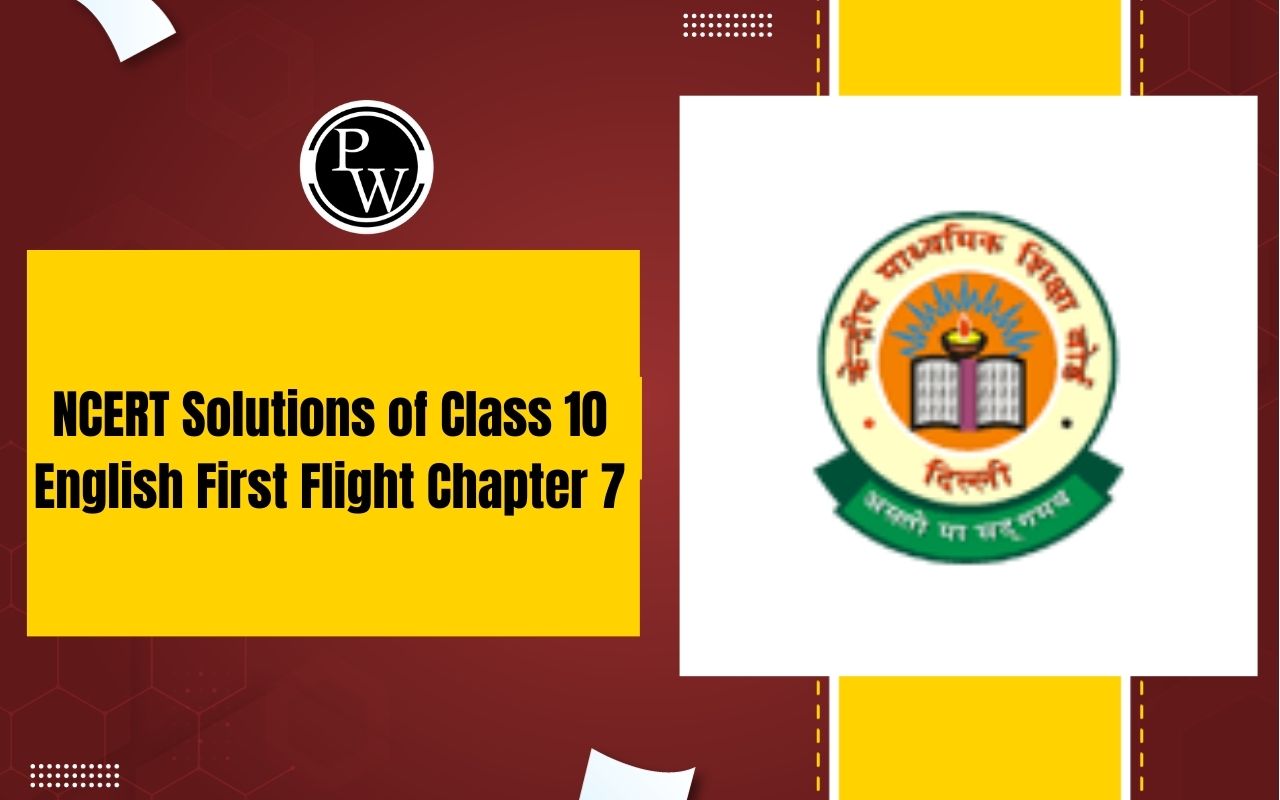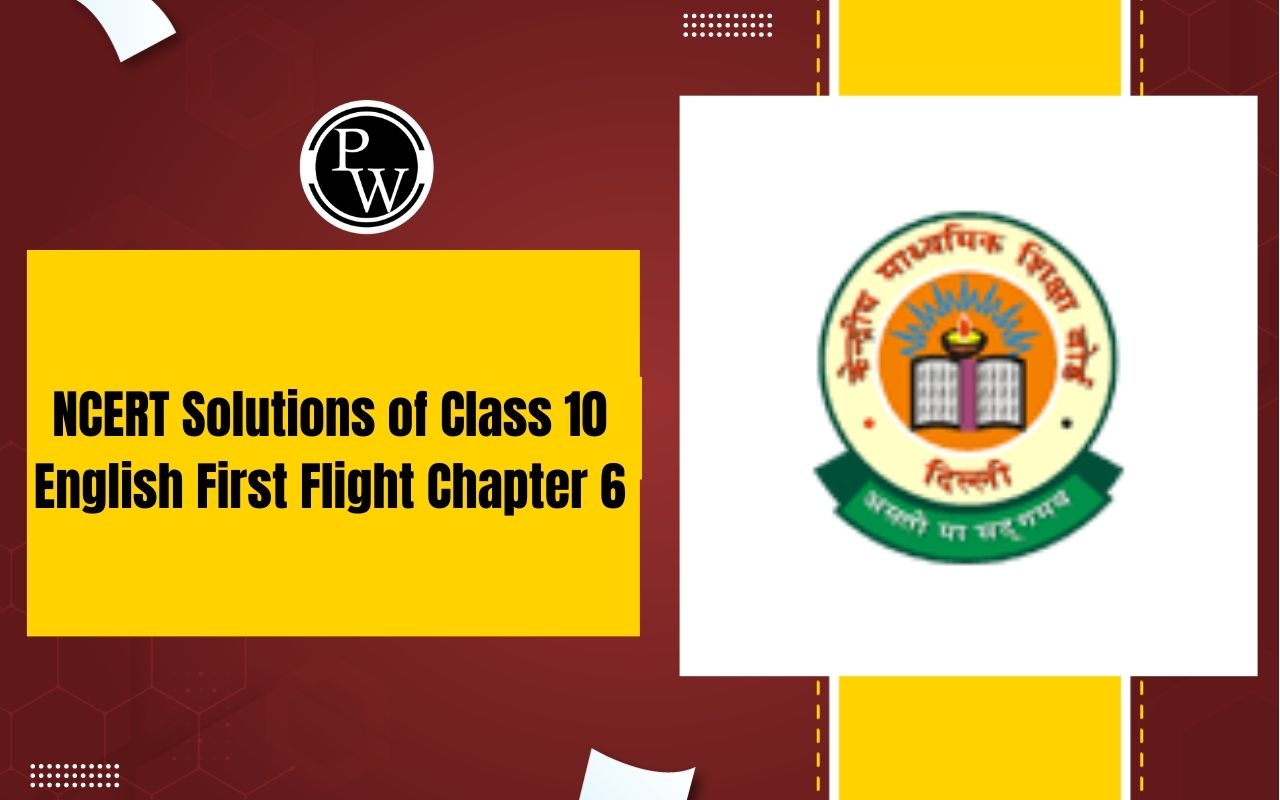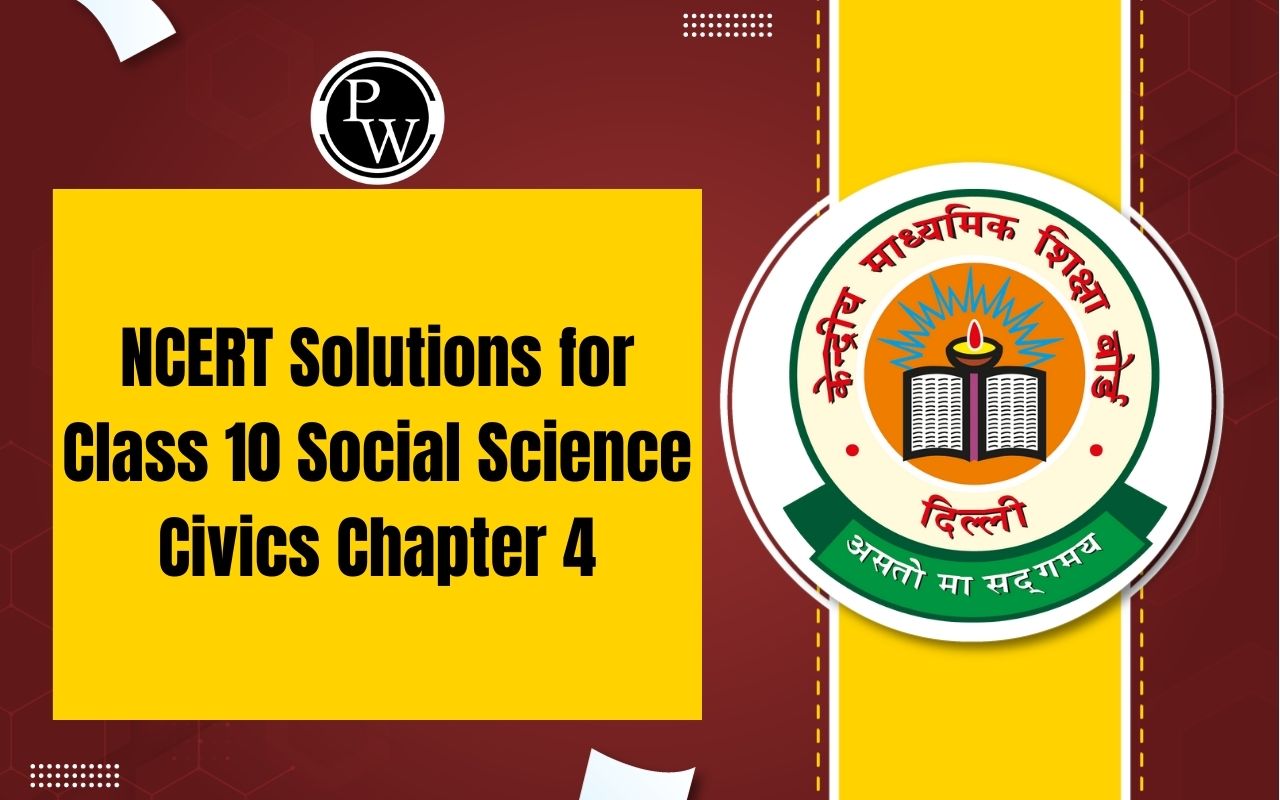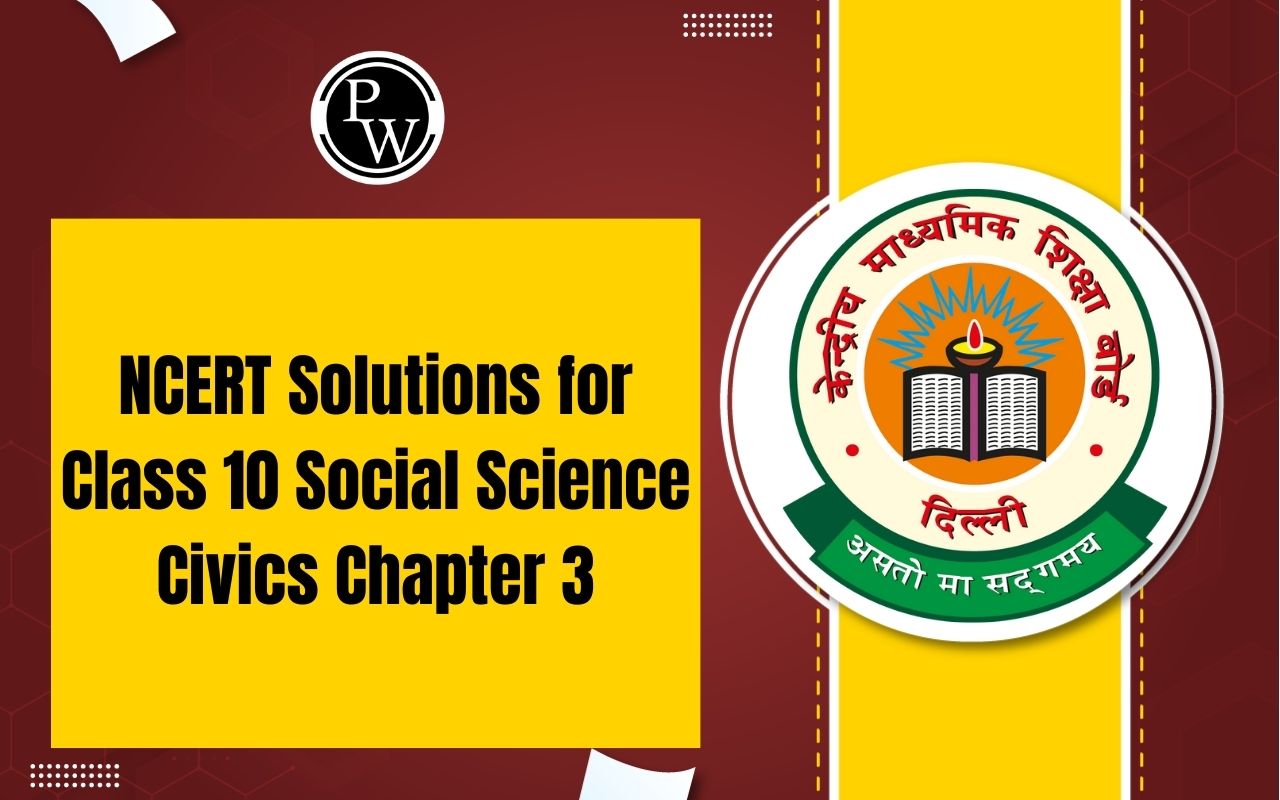
If you are looking for the “Difference Between Cross Pollination And Self Pollination”, you have come to the right place!
This article will discuss the difference between Cross-Pollination And Self-Pollination. The majority of animals, including humans, reproduce primarily through sexual activity. Similarly, pollination is the method of sexual interaction by which plants reproduce. To create new plant species, pollination is used most frequently in agriculture and horticulture. Pollination is a fertilisation process in which pollen grains are transmitted from the anther to the stigma of a plant, producing seeds. Self-pollination and cross-pollination are the two broad classifications of pollination.Introduction
Plants do not reproduce in the same way that humans do, but it does not mean they do not reproduce. They use an asexual reproductive method. Plants reproduce through the production of seeds. Seeds contain the necessary genetic material for growing a new plant. A flower is a tool that a plant uses to generate a seed. There is only one way to produce seeds: when blooms of the same species exchange pollen. Pollination is moving pollen grains from a male anther to a female one. For the development and survival of their species, all plants must reproduce. Plants reproduce through pollination. A flower is the most beautiful element of the plant and is responsible for pollination. Transferring pollen grains from a flower's anther to a different flower's stigma is known as pollination. Natural forces like birds, insects, and biological forces like the wind and water are used in this process. They are referred to as pollination agents. They are also referred to as "pollinators." Pollination is caused by an animal's unintended activity on a flower. Pollen grains stick to the pollinator's body while it consumes and collects the protein and other nutrients from the plant or when drinking nectar from the blossom. Pollen frequently lands on the stigma of the other flower when that animal visits it, which leads to the bloom's successful reproduction.Difference Between Centipede And Millipede
What is Cross Pollination?
Cross-pollination is the second and most diversified type of pollination. It happens when pollen grains are transferred from one flower's anther to the stigma of another. The result is the pollination of a different flower of the same species. This pollination method increases genetic diversity. This results from the sharing and mixing of genetic material from various flowers. It produces new offspring that are distinctive. In this case, the reproductive process occurs in different plants. Heterogamy is another name for cross-pollination. This pollination method involves transferring sperm-filled pollen grains from the first plant's blossoms to the second plant's egg-bearing flowers. It is found in both blooming and cone-bearing plants. Wind, bees, and other birds and animals can all cross-pollinate. Many fruit-bearing plants, such as apples, strawberries, grapes, raspberries, and plums, as well as flowers such as tulips and daffodils, are pollinated by insects. Many grass, maple trees, and dandelions all exhibit wind pollination.Difference Between Chromosome and Chromatid
What is Self Pollination?
Self-pollination occurs on a single flower. That is the most common way of pollination. This method involves the movement of pollen grains from the anther to the stigma part of the same flower. The procedure is simple, quick, and simple to comprehend as well. During this procedure, pollen grains from the anther or male reproductive structure of the flower are transferred to the stigma or female reproductive structure of the same bloom or another flower on the same plant. Wind, water, or animals can carry the pollen grains. Plants like orchids, oats, legumes, peas, sunflowers, peanuts, peaches, potatoes, and wheat use self-pollination. When a plant self-pollinates, the genetic material from that plant is used to create gametes and then the zygote. Hence, self-pollination results in the development of plants without genetic variety. When the stamen and the carpel, the reproductive components of a flower, reach full maturity simultaneously, self-pollination takes place. No pollinators, nectar, or pollen are needed for this method to draw insects or birds.Related Links -
Difference Between Cross Pollination And Self Pollination
| Self Pollination | Cross Pollination |
| Pollen from the anther of the same flower is transferred to the stigma. | Pollen is transferred from one flower's stigma to another flower's stigma. |
| This procedure could be performed on the same or a different flower inside the same plant. | This occurs between two flowers on separate plants. |
| It occurs in genetically identical flowers. | It happens between genetically distinct flowers. |
| Self-pollination is demonstrated by several species, including Paphiopedilum parishii and Arabidopsis thaliana. | Apples, daffodils, pumpkins, and grasses are a few plants that cross-pollinate. |
| Causes homogenous circumstances for progenies. | Causes heterozygous progenies. |
| Genetic homogeneity is increased, and genetic variety is decreased through self-pollination. | Genetic diversity is increased, and genetic homogeneity is decreased through cross-pollination. |
| Inbreeding is caused by self-pollination. | Outbreeding is caused by cross-pollination. |
| Reduces the genetic pool. | Increases the gene pool. |
| Produces fewer pollen grains. | Produces a large number of pollen grains. |
| In self-pollination, both the stigma and the anther grow simultaneously. | The stigma and even the anther mature at different periods during cross-pollination. |
| Transfers only a small amount of pollen. | Transfers a large amount of pollen. |
| This process continues even after the flowers have closed. | Cross-pollination can only happen if the flower is open. |
| There is no requirement for pollinators to transfer pollen grains. | Encourage pollinators to disperse pollen grains. |
| A flower's stigma comes into direct touch with pollen grains. | Pollen grains can be carried by the wind, water, animals, insects, and other factors. |
Difference Between Cross-Pollination And Self-Pollination FAQs
Which vegetables don't require pollination?
Certain vegetables can pollinate themselves, meaning they can produce fruit without the help of bees, insects, or the wind. Tomatoes, green peppers, chilli peppers, eggplants, green beans, lima beans, sweet peas, and peanuts are examples of self-pollinating crops.
How is a tomato pollinated?
Around 96% of the time, tomatoes self-pollinate. Tomato flowers are full blooms with male (stamen) and female (pistil) elements within the same flower. The stamen's yellow anthers (which create pollen) wrap around the pistil located in the flower's centre.
Is sugarcane cross-pollinated?
Wind pollinates the sugarcane species (Saccharum hybrids spp. ), which produces tiny but full flowers. Lack of pollen control during crossing may lead to both self-pollination and inadvertent pollination from stray pollen, which should be prevented by cutting off dehisced florets and hot water treatment (off-types).
What are five examples of cross-pollination?
When various flowers share and integrate their genetic material to create distinct offspring, this pollination enhances genetic diversity. Various plants are available, including daffodils, grasses, apples, grapes, pumpkins, and grapes. Petal chasmogamy in flowers enables cross-pollination.
Is Hibiscus a self-pollinating plant?
Hibiscus may pollinate itself when pollen from the male flower parts pollinates the female flower parts of the same blossom. Hibiscus pollen begins to grow on the stamen, the plant's male reproductive organ, and then spreads to the stigma pads of the pistil, the female reproductive organ.
Talk to a counsellorHave doubts? Our support team will be happy to assist you!

Check out these Related Articles
Free Learning Resources
PW Books
Notes (Class 10-12)
PW Study Materials
Notes (Class 6-9)
Ncert Solutions
Govt Exams
Class 6th to 12th Online Courses
Govt Job Exams Courses
UPSC Coaching
Defence Exam Coaching
Gate Exam Coaching
Other Exams
Know about Physics Wallah
Physics Wallah is an Indian edtech platform that provides accessible & comprehensive learning experiences to students from Class 6th to postgraduate level. We also provide extensive NCERT solutions, sample paper, NEET, JEE Mains, BITSAT previous year papers & more such resources to students. Physics Wallah also caters to over 3.5 million registered students and over 78 lakh+ Youtube subscribers with 4.8 rating on its app.
We Stand Out because
We provide students with intensive courses with India’s qualified & experienced faculties & mentors. PW strives to make the learning experience comprehensive and accessible for students of all sections of society. We believe in empowering every single student who couldn't dream of a good career in engineering and medical field earlier.
Our Key Focus Areas
Physics Wallah's main focus is to make the learning experience as economical as possible for all students. With our affordable courses like Lakshya, Udaan and Arjuna and many others, we have been able to provide a platform for lakhs of aspirants. From providing Chemistry, Maths, Physics formula to giving e-books of eminent authors like RD Sharma, RS Aggarwal and Lakhmir Singh, PW focuses on every single student's need for preparation.
What Makes Us Different
Physics Wallah strives to develop a comprehensive pedagogical structure for students, where they get a state-of-the-art learning experience with study material and resources. Apart from catering students preparing for JEE Mains and NEET, PW also provides study material for each state board like Uttar Pradesh, Bihar, and others
Copyright © 2025 Physicswallah Limited All rights reserved.
Get App

